In today’s business world, information can be the key to the success or failure of a company. Details of acquisitions and divestitures, product launches or legal entanglements can be used to manipulate the overall value of the organization. Therefore, information secrecy is a natural priority among corporate leaders and decision-makers.
However, it is important to know how to distinguish between the information that should be kept secret and information that should be shared openly across the company. Many leaders, in an effort to protect their intellectual property, take corporate secrecy to the extreme. This can have a negative effect on employee trust and engagement.
Secrecy, although designed to protect an organization, can also leave it vulnerable by breeding mistrust and doubt within the workforce. Transparency, on the other hand, does not necessarily always make us more vulnerable. It can also free employees from worrying about corporate information, thus providing them more energy to use toward improved productivity.
To test for an appropriate level of secrecy within your organization, ask this simple question:
Is your middle and senior management’s energy focused on internal politics and closed-door decisions or are they focusing on building teams and contributing to your market advantage?
Leadership that operates in secret can have the following destructive results on a company:
- Gossip & Fear: In the absence of factual information, gossip and perception become the facts. As stories and rumors spread, a little more intrigue is added with each version to make the story more interesting and sometimes more frightening. Fear of what management might be planning for the company can actually become a roadblock to the legitimate goals, if the actual plans and goals are not communicated through the ranks.
- Us Against Them: If there are too many barriers between employees and management, one of two things will happen:
- employees will not perceive they can make any impact on the company and will become disengaged or,
- employees will find that aligning themselves with management (pointing out other employee’s flaws, stroking egos) to curry favor is the only way to meet their goal of being acknowledged at a senior level and ultimately grow within the organization. This generally leads to promoting staff who fail to serve and support their subordinates.
- Blind Leadership: Managers who are unable to share information with their teams will often either ignore the team to avoid having to answer questions or they will be aggressively “Need to Know Only” and reinforce a “top down” culture. Top talent seeking opportunity will quickly become and take their talent elsewhere where they feel more appreciated. The only people who value a top-down, secretive culture are the managers whom it benefits and those employees who don’t want to do anything more than what is on their job description. Employees who care are much more likely to ask questions and want to provide input.
It is very difficult to change an organization steeped in secrecy to becoming more open and transparent. This transition has to begin with each individual leader, overcoming their fear of losing power by sharing information. However, the importance of making this transition cannot be stressed enough. Take a stand for corporate transparency and shift the energy now used to keep information a secret into using that information to increase company value and advantage.
Written by a Catapult Advisor

